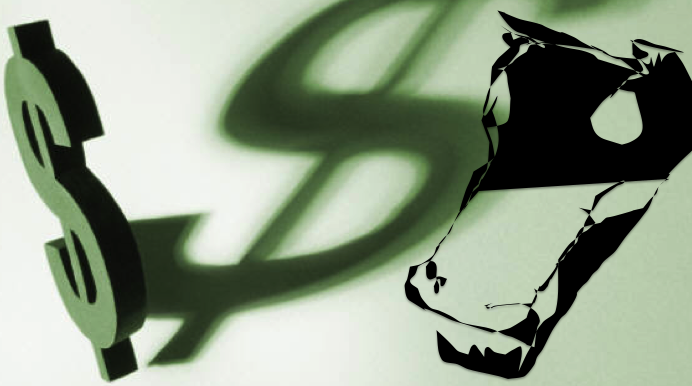|
Reading time 10 min
TL;DR: I re-ran the IF/SJR analysis focused on publishers highlighted by MDPI as contemporaries with very high self-citation rate. Many of those publishing groups included non-profit professional societies. Like other non-profits, their IF/SJR were very low and drastically different from MDPI. This also brought IGI Global into the mix, which has been referred to as a "vanity press" publisher that contributes little beyond pumping up people's CVs with obscure academic book chapters. IGI Global and my control predatory publisher (Bentham) were the only groups with an IF/SJR comparable to MDPI. I recently shared some thoughts on what defines a modern predatory publisher. In that post (see here [1]), I defined five red flags that act as markers of predatory behaviour. These were: #1) a history of controversy over rigour of peer review, #2) rapid and homogenous article processing times, #3) Frequent email spam to submit papers to special editions or invitations to be an editor, #4) low diversity of journals citing works by a publisher, and #5) high rates of self-citation within a publisher's journal network. Overall, the post seems to have been well-received (I like to think!). One tool I proposed to help spot predatory publishing behaviour was to use the difference in how Impact Factor (IF) and Scimago Journal Rank (SJR) metrics were calculated to expose publishers with either: #4) low diversity of journals citing works by a publisher and/or #5) high rates of self-citation within a publisher's journal network. I'll reiterate that one should really judge all five red flags in making conclusions about a publisher, but today I'll focus on the IF/SJR metric. Reading time: 15 minutes
You've no doubt heard the phrase "predatory publishing." The term was popularized by librarian Jeffrey Beall for his observation of "publishers that are ready to publish any article for payment" [1]. The term accurately describes the least professional publishing companies that typically do not get indexed by major publisher metrics analysts like Clarivate or Scopus. However the advent and explosive success of major Open-Access publishing companies like MDPI, Frontiers, or BMC, has led to murky interpretations of the term "predatory publishing." Some might even adopt the term to describe the exorbitant open-access prices of major journals like Nature or Science Advances [2]. A recent commentary by Paolo Crossetto [3] made the point to say that some of the strategies employed by the controversial publisher MDPI might better be referred to as "aggressive rent extracting" rather than predatory behaviour; the term is borrowed from economics, and refers to lawmakers receiving payments from interest groups in return for favourable legislation [4]. Crossetto added the caveat that their methods might lean towards more predatory behaviour over time [3]. But there's that word again: "predatory." What exactly does it mean to lean towards predatory behaviour? When does one cross the line from engaging in predatory behaviour to becoming a predatory publisher? Is predation really even the right analogy? I'll take some time to discuss the term "predatory publishing" here to try and hammer out what it means and what it doesn't mean in the modern era. The TL;DR summary is: the standards for predatory publishing have shifted, and so have the publishers. But there is a general idea out there of what constitutes predatory publishing. I make an effort to define the factors leading to those impressions, and describe some tools that the layman can use to inform themselves on predatory publishing behaviour. |
AuthorMark Archives
July 2024
Categories |


 RSS Feed
RSS Feed
